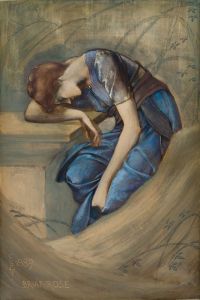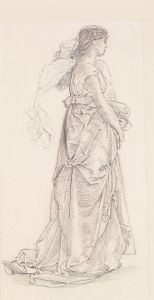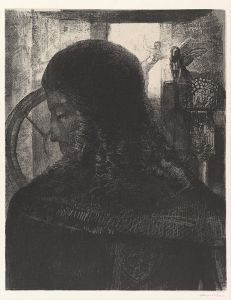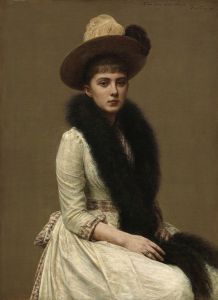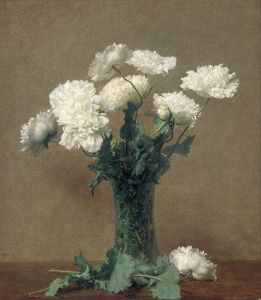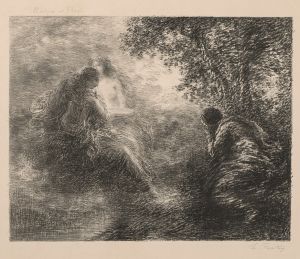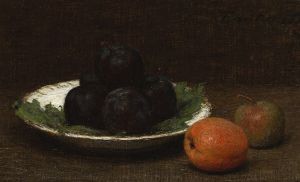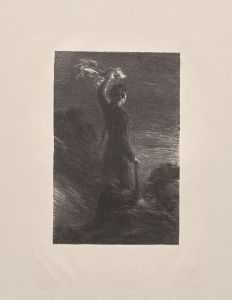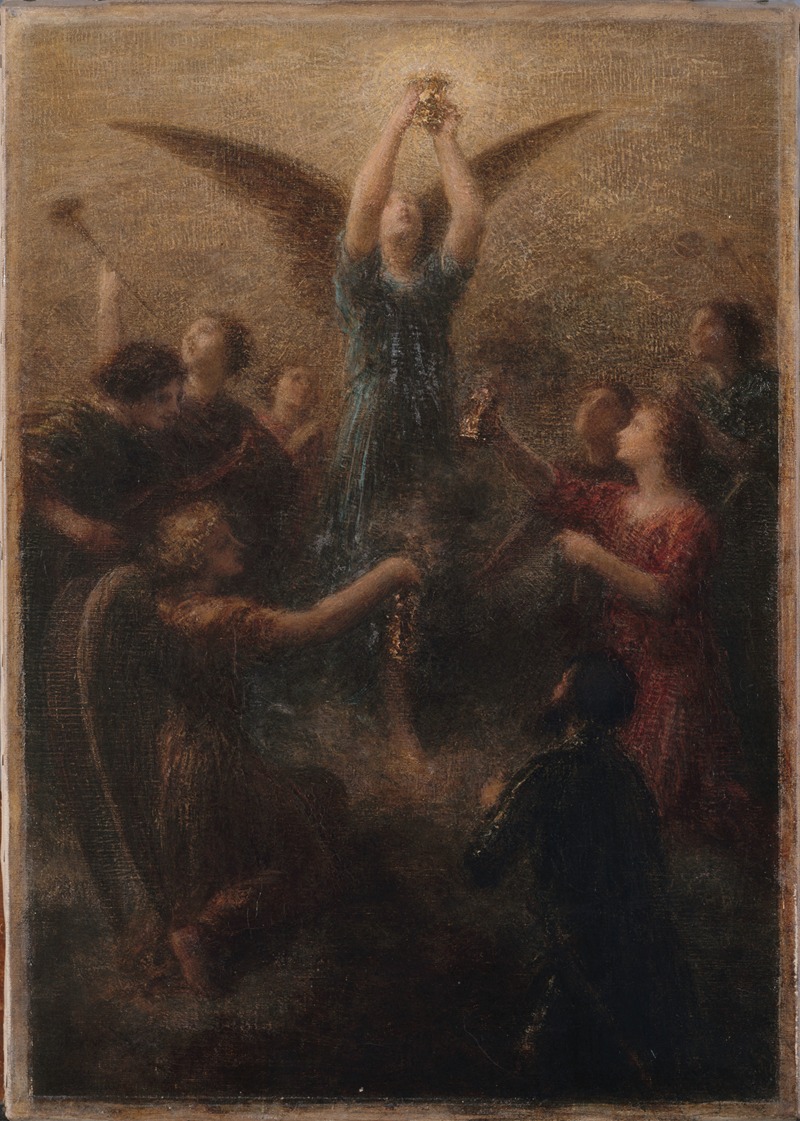
Le Graal. Prélude de Lohengrin
A hand-painted replica of Henri Fantin-Latour’s masterpiece Le Graal. Prélude de Lohengrin, meticulously crafted by professional artists to capture the true essence of the original. Each piece is created with museum-quality canvas and rare mineral pigments, carefully painted by experienced artists with delicate brushstrokes and rich, layered colors to perfectly recreate the texture of the original artwork. Unlike machine-printed reproductions, this hand-painted version brings the painting to life, infused with the artist’s emotions and skill in every stroke. Whether for personal collection or home decoration, it instantly elevates the artistic atmosphere of any space.
Henri Fantin-Latour, a renowned French painter and lithographer, created the painting "Le Graal. Prélude de Lohengrin" in 1888. This work is a notable example of Fantin-Latour's fascination with music and literature, particularly the operatic works of Richard Wagner. The painting is inspired by the prelude to Wagner's opera "Lohengrin," which is itself based on medieval Germanic legends about the Holy Grail and the knight Lohengrin.
Fantin-Latour was known for his still lifes and portraits, but he also had a deep interest in the symbolic and the fantastical, which is evident in "Le Graal. Prélude de Lohengrin." The painting captures the ethereal and mystical atmosphere of Wagner's music, translating the auditory experience into a visual form. The composition is characterized by its dreamlike quality, with soft, diffused lighting and a sense of otherworldliness.
In "Le Graal. Prélude de Lohengrin," Fantin-Latour employs a palette of muted colors, predominantly soft blues, and whites, to evoke a sense of serenity and transcendence. The figures in the painting appear almost ghostly, as if they are part of a vision or a dream. This aligns with the themes of the opera, which deals with divine intervention and the quest for purity and redemption.
The painting reflects Fantin-Latour's admiration for Wagner, who was a significant influence on many artists and intellectuals of the 19th century. Wagner's operas, with their complex themes and innovative musical structures, inspired a generation of artists to explore new forms of expression. Fantin-Latour's "Le Graal. Prélude de Lohengrin" is a testament to this cross-disciplinary influence, merging the worlds of visual art and music.
Fantin-Latour's technique in this painting is notable for its delicate brushwork and attention to detail. Despite the overall softness of the composition, there is a meticulousness in the rendering of the figures and the background elements. This combination of precision and dreaminess is a hallmark of Fantin-Latour's style, which often sought to capture the intangible and the poetic.
"Le Graal. Prélude de Lohengrin" is part of a series of works by Fantin-Latour that were inspired by music. He created several other paintings and lithographs based on the works of composers such as Berlioz, Schumann, and Brahms. These works are significant not only for their artistic merit but also for their role in the broader cultural dialogue between the visual arts and music during the late 19th century.
Today, "Le Graal. Prélude de Lohengrin" is recognized as an important piece in Fantin-Latour's oeuvre. It exemplifies his ability to convey complex emotional and intellectual themes through his art. The painting is held in high regard by art historians and continues to be studied for its innovative approach to the depiction of musical inspiration.
In summary, Henri Fantin-Latour's "Le Graal. Prélude de Lohengrin" is a masterful work that bridges the gap between visual art and music. It captures the essence of Wagner's operatic prelude through its ethereal composition and delicate execution, making it a significant piece in the history of 19th-century art.





